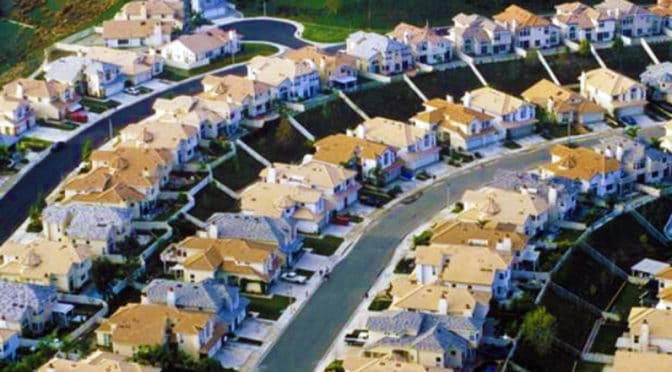Quantifying the Cost of Sprawl: In infrastructure, service delivery and tax receipts
by Emily Badger, CityLab, May 21, 2013
Excerpt:
Sprawl is expensive. It costs more money to pave a road and connect a sewer line to five families each living a block apart on wooded lots than to build public infrastructure for those same five families living in a condo. It costs more money (and takes more time and gas) to serve those families with garbage trucks, fire engines, and ambulances. And in return… those five sprawling single-family homes likely yield less in tax revenue per acre than the apartment building that could house our fictitious residents downtown.
A report… from Smart Growth America, which surveyed 17 studies of compact and sprawling development scenarios across the country, sizes up the scale of the impact this way: Compact development costs, on average, 38 percent less in up-front infrastructure than “conventional suburban development” for things like roads, sewers and water lines. It costs 10 percent less in ongoing service delivery by reducing the distances law enforcement or garbage trucks must travel to serve residents (well-connected street grids cut down on this travel time, too). And compact development produces on average about 10 times more tax revenue per acre.
Read the full article here: Quantifying the Cost of Sprawl | CityLab.

